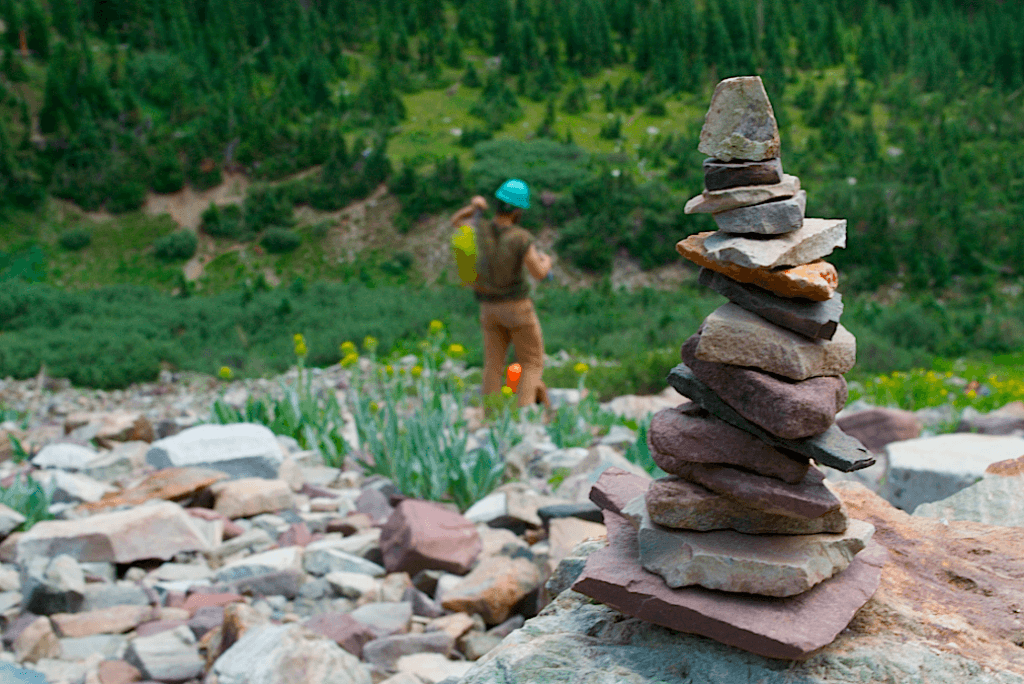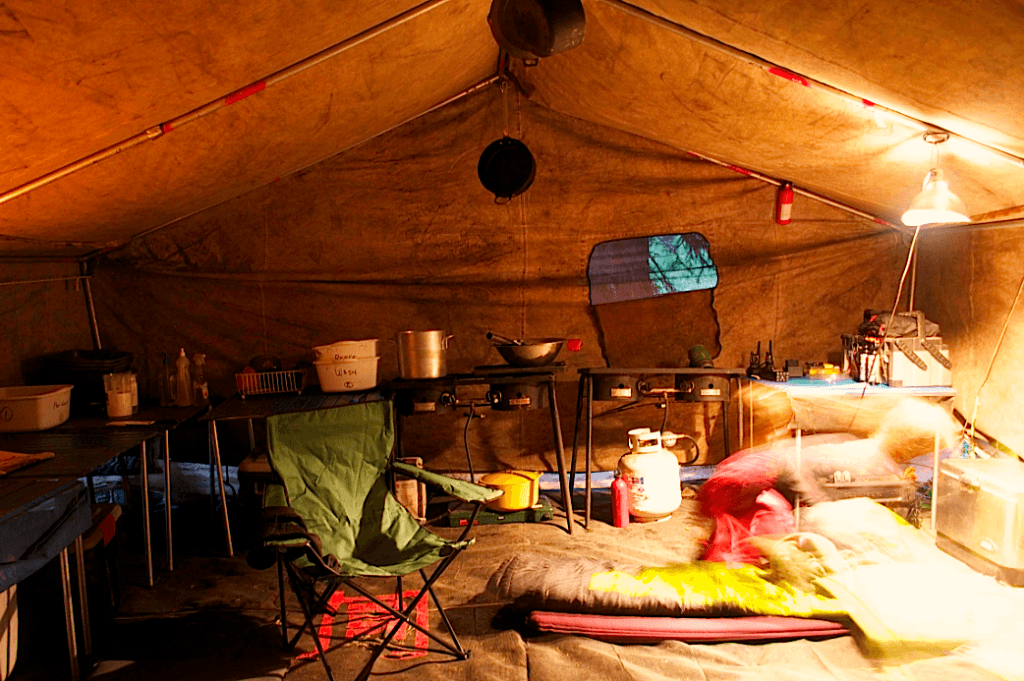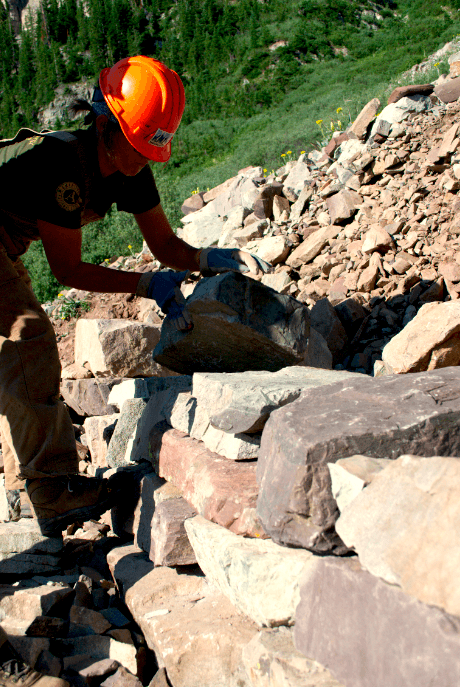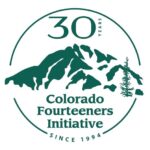I’ve never been one to advocate looking too deeply into the past. However, lying in my sleeping bag at the base of North Maroon peak, filthy and completely exhausted, I can’t help but wonder how I got here. Working for CFI ranks among the most moving experiences of my life, but even I occasionally think I must be crazy to enjoy living on a mountain for an entire season. Tracing my path, I’m surprisingly brought back to the words of my college president “take the abilities and gifts we’ve been given and use them to make the world a better place”. The advice is simple enough, but pretty heavy when you consider it.
The Maroon Bells wilderness is arguably one of the most scenic areas in Colorado. North Maroon peak is also one of the most revered and respected in Colorado. The ascent is challenging and, at times, deadly.
What makes people want to climb these peaks? Foremost, the value of wilderness is continually increasing in relation to its relative scarcity. Roderick Nash reminds us that John Muir shifted the American concept of wilderness from frightening to enlightening. As Muir put it, “the clearest way into the Universe is through a forest wilderness.” What makes the Maroon Bells wilderness area special is that it strikes a balance between conservation and preservation. Wilderness areas are “…untrammeled by man, where man himself is a visitor who does not remain.” While our wilderness areas aren’t decreasing in size, they also aren’t increasing with our rate of use. That’s what makes CFI’s mission all the more relevant. Topping out on a peak is a unique wilderness experience that more and more people are enjoying. 14,000 ft. peaks are also unique in that alpine soil takes up to 1,000 years to develop 1 inch of soil. Building a long term, sustainable trail is the only way to conserve such a fragile ecosystem and unique experience. As Aldo Leopold (A fellow Iowa native) said, “conservation is a state of harmony between men and land.”
Our goal on North Maroon peak is to rehab the most heavily eroded section of trail at the base of the ascent and replace it with a sustainable trail. We’re currently working with a competent and motivated RMYC crew to construct trail through talus. Our project involves building almost exclusively with large rocks. The new trail will have all the challenges that a 14er should have, without all of the erosion of the old trail.
John Muir wasn’t native to America. I’m not native to Colorado. I am, however, proud to be working for an organization that is making the state a better place.





